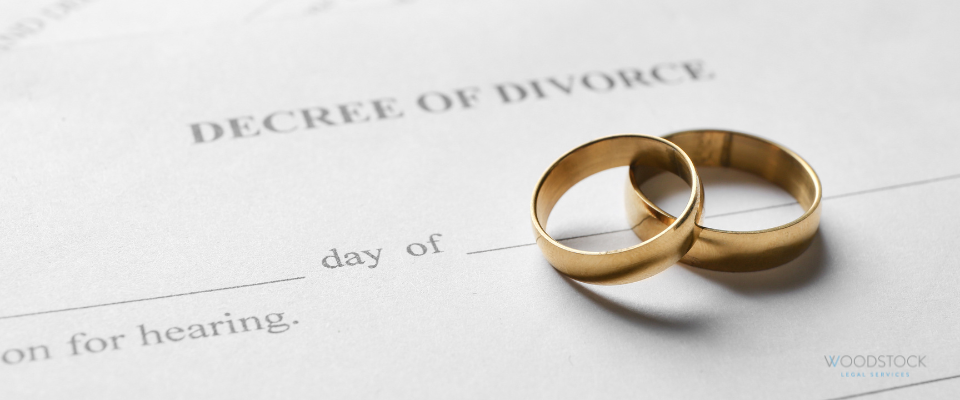Landlord Debt Recovery: A Comprehensive Guide to Enforcement Methods

As a landlord, dealing with non-paying tenants is a significant challenge. Securing a court judgment might seem like a resolution, but it's often just the start of the debt recovery process. The key lies in the enforcement of the judgment. In this guide, Cara Wiltshire delves into the most effective enforcement methods, helping you understand which might be best suited for your situation.
Using Bailiffs and High Court Enforcement for Landlord Debt Recovery
Locating an ex-tenant who owes you money is the first critical step. At Woodstock Legal Services, we specialise in tracing ex-tenants. Once located, you can instruct bailiffs or high court enforcement officers to recover your debt. These professionals are authorised to enter the debtor's property and seize goods to the value of the debt. It's important to understand that while bailiffs can seize goods, they cannot take items essential to the debtor's basic needs, such as clothing or household furniture. However, items like luxury goods, vehicles, or electronic equipment can be taken. The sale of these items can then be used to offset the debt. This method can be particularly effective if the debtor has tangible assets of value.
Attachment of Earnings Orders in Landlord Debt Collection
An attachment of earnings order is a court order that requires the debtor's employer to deduct a portion of their earnings to settle the debt. This method is particularly effective if the debtor is employed and has a regular income. The process involves the court assessing the debtor's income and essential living costs to determine a fair repayment amount. It's a method that ensures a steady, albeit sometimes slow, repayment of the debt. The court will set a 'protected earnings rate', which is the minimum amount the debtor needs to maintain a basic standard of living. Anything earned above this amount can be used to repay the debt. This method is discreet, as it doesn't involve direct confrontation with the debtor, and provides a consistent repayment plan.
Third-Party Debt Orders: A Strategy for Landlords
Third-party debt orders can be a strategic move if you're aware of the debtor's bank account details. This order freezes the debtor's funds in their accounts, effectively preventing them from accessing this money. Once the order is in place, the court can direct the bank to pay you a portion or the entirety of the debt from the debtor's account. This method is particularly useful if you know the debtor has funds in their bank account but is refusing to pay. It's a direct way to intercept funds that are rightfully owed to you, but it requires precise knowledge of the debtor's banking details and the timing can be critical, as it depends on the funds being present in the account at the time the order is made.
Charging Orders: Securing Landlord Debts Against Property
Charging orders are a significant step in debt recovery, as they secure the debt against the debtor’s property, such as their home or land. This method does not force the debtor to sell their property immediately but places a 'charge' on it, akin to a mortgage. This means that if the property is sold, the debt owed to you must be paid from the proceeds of the sale before the debtor can take any profit. It's a powerful tool, especially in cases where other methods of debt recovery have failed. However, it's important to note that this method can be time-consuming and may not result in immediate payment, especially if the debtor does not plan to sell the property soon.
Expert Legal Advice for Landlords on Debt Enforcement
Navigating the complexities of debt recovery can be daunting. That's where Woodstock Legal Services comes in. Our expertise in landlord legal advice ensures you're guided through each step, from choosing the right enforcement method to successfully recovering your dues.
If you're facing challenges with enforcing a judgment and need professional guidance on the best course of action, don't hesitate to reach out. Contact Cara Wiltshire, a member of our specialist Landlord & Tenant team, at c.wiltshire@woodstocklegalservices.co.uk, or complete the form below for personalised legal advice from experienced landlord solicitors.
Contact Us
News & Insights










